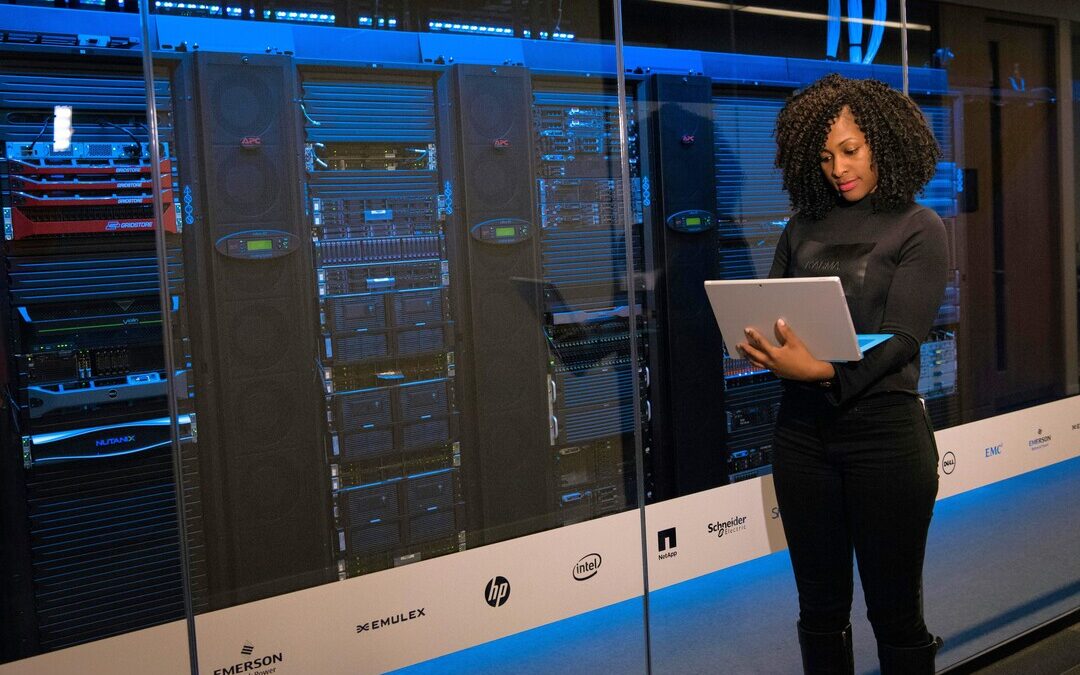AI Surge to Push Data Centre Water Use Past 6 Trillion Liters by 2027: Report
AI-driven data centers face soaring energy and water demands, spurring urgent push for sustainable cooling and power solutions.
Artificial intelligence is set to push data center water consumption beyond 6.4 trillion liters annually by 2027, raising urgent sustainability concerns for one of the world’s fastest-growing industries, according to a new white paper on sustainable infrastructure.
A mid-sized data center consumed about 1.14 million liters of water each day, roughly the usage of 100,000 homes, primarily to cool IT equipment, the study found. A single hyperscale facility required as much as 189 million liters annually.
The report further estimated AI-focused facilities alone could consume more than 1.7 trillion gallons (6.4 trillion liters) of freshwater by 2027.
Energy demand has been climbing just as sharply. Global data center power use is projected to nearly quadruple from 60 gigawatts today to as much as 219 GW by 2030, driven by workloads from AI, cloud computing and digital assets, McKinsey data cited in the report showed.
In Ireland, data centers could account for 32 percent of total electricity use by 2026, up from 17 percent in 2022.
Industry Push for Solutions
In response, operators are testing new methods to cut resource use. The report found that Prime Data Centers has deployed closed-loop systems that recycle water indefinitely, resulting in a reduction of consumption by more than 99 percent compared to conventional cooling.
Amazon Web Services has rolled out purified wastewater systems across 20 of its sites, while Google has invested in replenishment projects to offset its water footprint.
Heat recovery is another emerging tool. Data centers in Sweden and Denmark have begun feeding surplus heat into district heating networks, supplying local communities with energy-efficient heating.
Germany has gone further, requiring all new data centers starting operation from July 2026 to reuse at least 10 percent of their heat output, with the threshold rising to 20 percent by 2028
Regulation and Investor Pressure
These innovations coincide with intensifying regulatory scrutiny. The report highlights how European Union measures, such as the Corporate Sustainability Reporting Directive and Sustainable Finance Disclosure Regulation, are reshaping disclosure requirements.
Operators must now track energy use, water consumption, and emissions using standardized indicators, making their performance measurable and comparable.
Investor expectations are rising in parallel. Asset managers surveyed by Natixis cited water consumption as a critical metric, with nearly two-thirds flagging it as a top concern. Sustainability-linked loans are also gaining traction, tying financing terms directly to performance on environmental benchmarks.
Market Outlook
Despite challenges, the market outlook is strong. The green data center sector is projected to expand from $81 billion in 2024 to more than $308 billion by 2032.
In the first five months of 2024 alone, over $22 billion was invested in new projects, with real estate funds, pension managers and sovereign wealth funds among the most active backers
Analysts say the same forces driving resource strain are also attracting capital. Goldman Sachs estimates AI will increase global data center demand by more than 160 percent by 2030.
Whether the sector evolves into a model of sustainable infrastructure or deepens its reputation as a resource drain will depend on how quickly operators can integrate renewable energy, adopt advanced cooling and comply with emerging disclosure standards.
Nirmal Menon
Related posts
Subscribe
Error: Contact form not found.


